Cayin CS-150A stereo amplifier Review
What are tube amplifiers most often used for? Of course, in order to get that same warm tube sound - comfortable, pleasant, cozy, a little leisurely, devoid of fuss. In a word - for the sake of a specific atmosphere. And when people ask me which lamp to buy to get this effect, I often recommend low- and mid-budget Cayin CS series devices.
I tested a number of models from this series, and the result was the same: a good price/quality/power ratio, plus full compliance with expectations in terms of sound character. In a word - a classic lamp, as it is usually presented. But when I got acquainted with the older model CS-150A, my attitude towards the CS series, and towards the manufacturer as a whole, changed.
Acquaintance
The range of Cayin tube stereo amplifiers is quite wide. It starts with very modest low-power models delivering 9 W per channel, and the CS-150A, with its 100 W in ultra-linear and 55 W in triode modes, is the oldest and most powerful device from the current line.
What is especially noteworthy is that all Cayin lamps are made in a single, absolutely classic form factor with some nuances in design. For this reason, it is quite problematic to immediately understand how expensive and powerful the amplifier is in front of you. And in this case, it’s more about the fact that even the brand’s budget models look solid and expensive, and not about the fact that older devices seem simple. The careful manufacturing of all parts and the painting of the main part of the body in metallic blue adds a special shine.
This fully applies to the CS-150A. The volume knobs and input selector are massive, metal, and the volume control is illuminated. The main functions can be controlled from the remote control, which is also made of aluminum and looks very solid, corresponding to the cost and class of the amplifier.
Among the Cayin lamps belonging to the middle segment, there are many models with extended functionality. They have phono stages, digital inputs and even Bluetooth. Since the CS-150A is an older model, in which by default everything is subordinated to sound quality, there is nothing superfluous in the circuit.
For ease of switching, we added one balanced input and an input to a power amplifier, which ensures integration into a cinema system and allows you to use external, more advanced volume controls, which can sometimes be found in top-end DACs and other devices - that’s all the complications. The acoustics are connected in a traditional way: with two transformer taps of 4 and 8 Ohms, which allows you to better match the amplifier with the acoustics. However, we will return to the issue of coordination a little later.
Construction and lamps
The first and most obvious design feature of the CS-150A is, of course, the set of lamps: they are immediately visible. At the output, two powerful KT150 are installed per channel, and 6SN7 lamps are used in the input and driver stages. Both of them are marked by the American brand Tung-Sol, and, as is known, are produced at the Saratov Lamp Factory, which is confirmed by the Made In Russia inscription.
The mysterious additional tube, installed in the very center of the device and marked with another American RCA logo, is marked 22DE4. Essentially this is a vacuum diode that is used as a rectifier in the power supply.
Cayin developers, in principle, pay a lot of attention to power supply in amplifiers. For example, most models use custom-made toroidal transformers. And in the CS-150A they decided to add a tube rectifier instead of the usual semiconductor one, which clearly contributes to the sound quality.
And since we are talking about transformers, it makes sense to mention signal ones. At the output of the CS-150A, custom versions are installed on W-shaped iron, which are selected for each device in pairs.
Among the subtleties of the design, it is worth noting the use of surface mounting, which reduces signal paths and the number of solders, as well as the use of high-quality components: ceramic sockets for lamps, silver-plated cables, capacitors and resistors of audiophile quality. A motorized ALPS potentiometer is used to adjust the volume, and signal switching is implemented using a relay.
Settings
When starting up the amplifier for the first time, it is necessary to carry out a number of manipulations to configure it. First you need to check the bias currents of the output lamps and adjust them if necessary.
The developers simplified the entire procedure as much as possible in principle: on the top panel there is a dial indicator, toggle switches and potentiometers, which require a small screwdriver to turn. There are no additional measuring instruments, and the indicator scale does not have any markings; it only marks the zone within which the arrow should be located.
On a warm amplifier, press the toggle switch - and the indicator shows the current state of the corresponding lamp; if the arrow is outside the working area, very slowly and carefully turn the potentiometer and then move on to the next lamp. This sets up operating conditions that are worth checking from time to time. With autoshift, of course, it would be easier, but the sound would not be as good. Therefore, for the sake of quality, you can sometimes pay attention to the maintenance of your favorite amplifier.
The next settings are two toggle switches located to the left of the volume control. One of them, NFB, changes the depth of the negative feedback, and the second, BIAS, is again related to the bias current, but changes the operating mode of all output stage tubes at once and helps to better match the amplifier with the acoustics (after you have selected the correct output terminal, of course).
In practice, different BIAS switch positions provide slightly different degrees of low-frequency control. The bass can be made either clearer, more collected and well controlled, or looser and therefore more voluminous. This is not to say that the difference is radical, but it is definitely noticeable, especially with a more complex load.
The effect of the NFB feedback depth switch is also noticeable in the nuances: with deeper feedback the sound is more collected, focused, one might even say more analytical, and with less depth the sound is softer and more relaxed.
The third switch selects the operating modes of the circuit: ultralinear or triode. This is the only one of the three toggle switches that is not mechanical, but electronic, and its function is duplicated on the remote control. It is understood that it is the choice of circuitry that will be used during listening, along with the choice of inputs and volume control. Therefore, I will now tell you in more detail about the effect it produces.
Sound speed
To test the amplifier, we chose two high-end acoustic models: ELAC Concentro S503 and Penaudio Serenade Signature. Both models have exceptional resolution, ensuring they won't become a system bottleneck. At the same time, both bookshelf and floor-standing speakers have a sensitivity of 87 dB and not every amplifier, especially a tube one, can cope with them.
For ELAC, the recommended power is indicated in the range of 120-200 W, but in the case of Penaudio, everything is more interesting: although the data sheet states 40 W, it is quite obvious that three-way floorstanding speakers with two bass drivers need a lot of current, especially if you want to turn it up a little louder. In a word, the CS-150A was given a very serious task - and it did not fail. Even in the less powerful triode mode, the amplifier worked quite reliably with both ELAC and Penaudio.
And this fact alone already opens up quite tempting prospects: before us is a complete stereo amplifier with purely tube circuitry, which can cope with a fairly complex and demanding load. Without any tricks with bi-amping, without a pair of monoblocks, without hybrid tube-transistor circuits. We just take one lamp and don’t particularly limit ourselves in choosing acoustics. And then - even more interesting!
A button for switching triode/ultralinear modes makes the CS-150A two amplifiers with different character of presentation of musical material. In triode, the sound is smoother and more beautiful. The timbre coloring is the richest, the top is soft, the middle is melodious and expressive, the bass is voluminous and large-scale.
The stage is holographic, the space and air of the recordings are felt, sound sources are well localized in space. The nature of the presentation is more like that of a high-quality class A transistor: the tube nature of the sound is not particularly noticeable, except perhaps in some nuances and on complex material.
The ultra-linear mode, as expected, produces a more cheerful, energetic and driving sound. The music is presented tightly and assertively, the bass is clear and well controlled, there is a feeling that the highs have become a little sharper and brighter than they were in the triode. Again, there are almost no tube overtones, thanks to which both the focus of the sound stage and high resolution are preserved.
But what surprised me most was the dynamic capabilities of the amplifier: on fast music, the CS-150A demonstrates an attack that would be the envy of many transistor devices. I, puzzled by this observation, turned on metal, a variety of electronic music, and even old Chuck Berry - and the amplifier showed exceptional response speed and never lost its rhythm. After that, I returned to the triode mode and, I must say, it is also not slow and imposing, as is usually the case.
It turns out that in the CS-150A model, the Cayin developers got rid of the typical problems of tube manufacturers: even harmonics do not recolor the sound, and the dynamics are in complete order. At the same time, the sound retained the integrity, expressiveness and naturalness characteristic of tubes in general, as well as the transparency and detail inherent in high-end tube devices.
If we talk about genres, then with competent switching of modes with a button on the remote control, the CS-150A can be called a 100% universal device. As a last resort, you can even get up from the couch and flip the feedback switch so that the sound perfectly matches the material being played.
In the vast majority of cases, it is enough to simply turn on the triode mode for jazz, blues, chamber classical, vocal and acoustic music, and remember to switch to the ultra-linear mode when listening to symphonic works, rock, metal, electronic and pop music.
Bottom line
After getting acquainted with the Cayin CS-150A, my attitude towards the brand, or more precisely, towards its range of lamps, changed for the better. Previously, I perceived it as a manufacturer of quite classic tube amplifiers with a price/quality/power combination more attractive than that of European, American and Japanese manufacturers, but with an invariably traditional “warm tube” sound.
Now it is clear that Cayin is capable of producing truly unique devices that can surprise and delight even sophisticated audiophiles. The developers have squeezed maximum quality out of this design and provided high power, which relieves the user of the need to carefully select acoustics. And the strictly dosed and completely non-dominant tube warmth does not cause discomfort, making the amplifier truly universal and musical. Well, the dynamics, of course, are beyond praise.
To be fair, I note that the Cayin CS-150A is not the only tube lamp on the market whose sound can compete in dynamics with transistor models. I’ll immediately name a couple more brands that produce similar devices - the same Octave has lamps with a power of 110-120 W with a similar character, but in its budget, the Cayin CS-150A, in my opinion, has no competitors, and for this reason it becomes almost the only an alternative to hybrid amplifiers and combinations such as tube pre + transistor terminal.
Cayin CS-150A stereo amplifier Pros And Cons
Pros
flexible sound settings, excellent dynamics, high power, favorable price/quality ratio
Cons
little bit of lamp adjustment
Cayin CS-150A stereo amplifier User Manual
OFFICIAL SITE
PCayin CS-150A stereo amplifier specifications
Output power: 2x55 W - triode mode, 2x100 W ultralinear mode
Frequency range: 9-50000 Hz (-3 dB)
Signal to noise ratio: 90 dB
Distortion: 2%
Inputs: 2x RCA, XLR, Pre In
Outputs: 4 and 8 Ohm terminals
Dimensions: 420x218x389
Weight: 34 kg


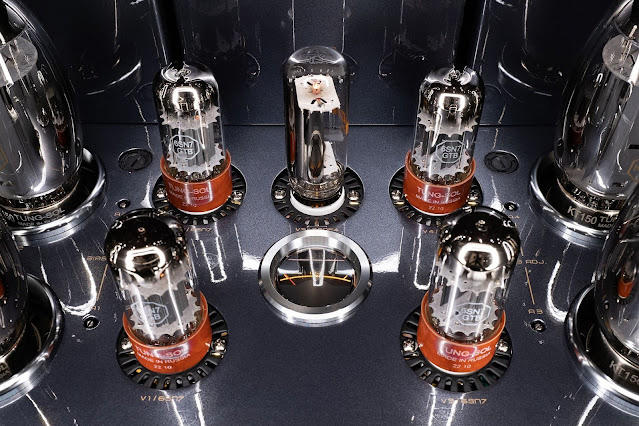
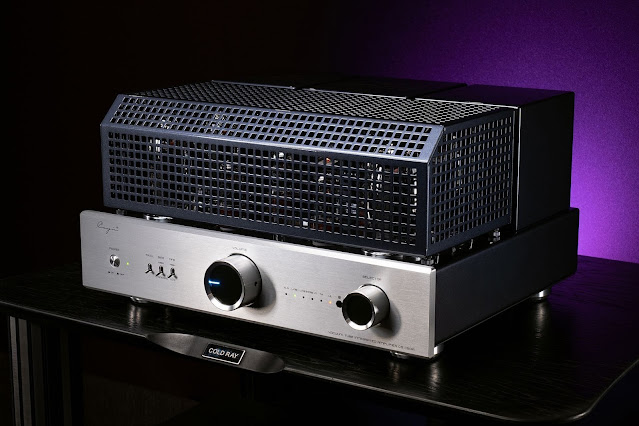
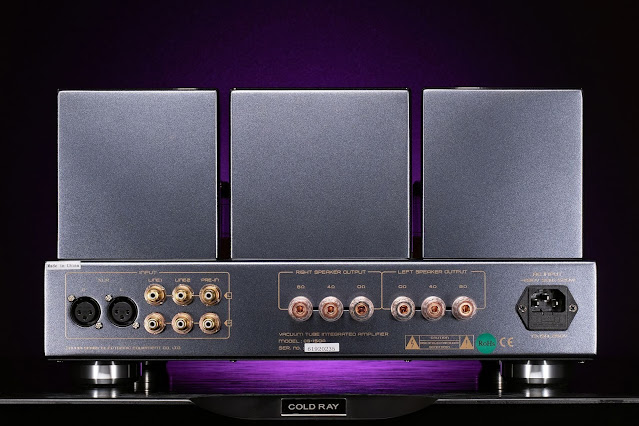

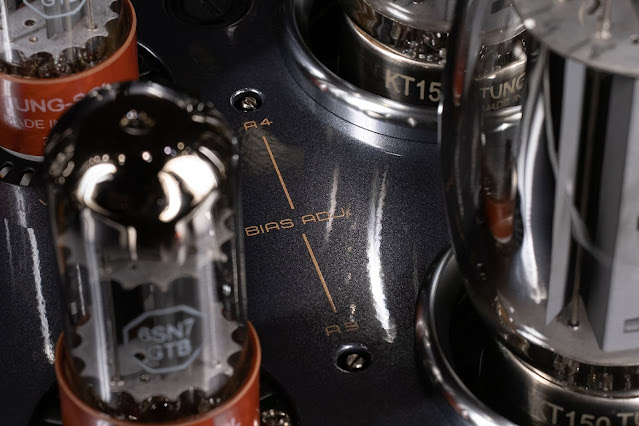
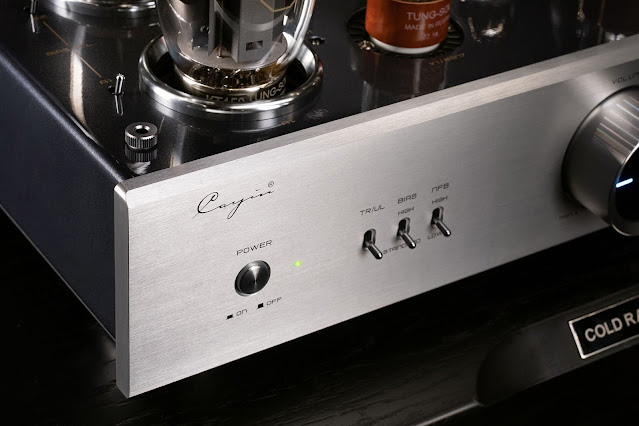
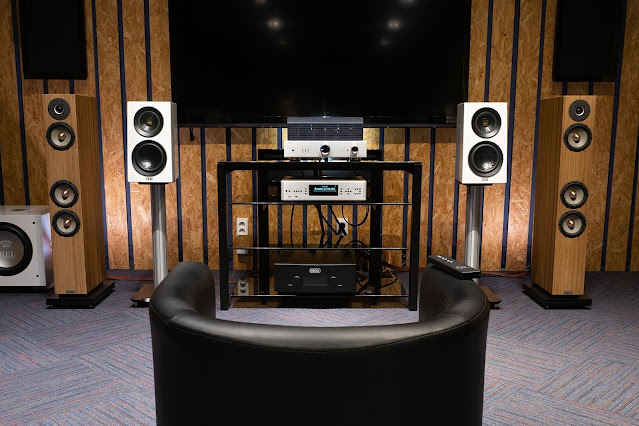

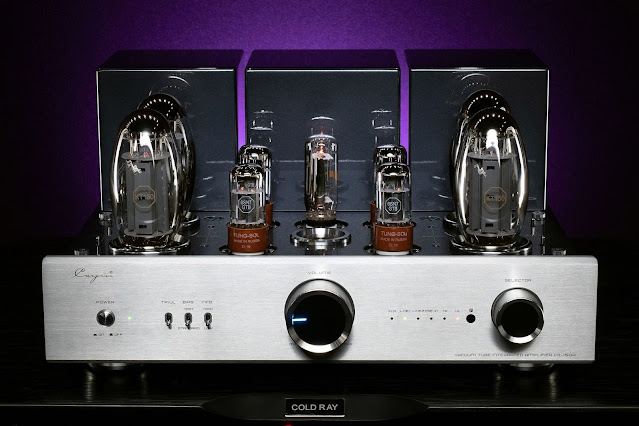
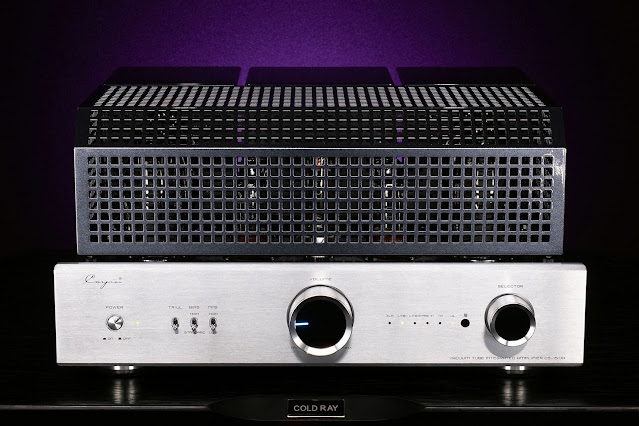










.jpg)



0 Comments